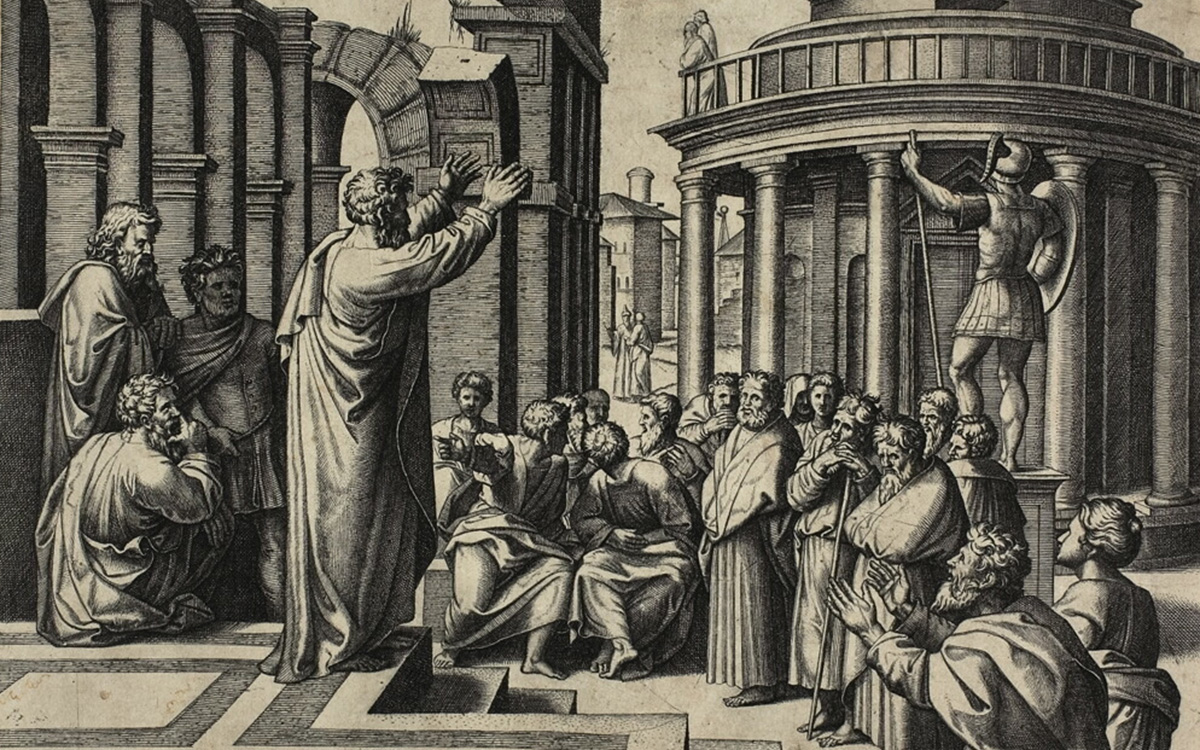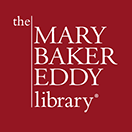Who were the “apostle” and the “classic poet”?

“Saint Paul Preaching at Athens,” c. 1517–1520. Marcantonio Raimondi, based on a painting by Raphael. Courtesy of Art Institute of Chicago, 1920.1129.
We were asked about the following passage in Science and Health with Key to the Scriptures by Mary Baker Eddy:
Father-Mother is the name for Deity, which indicates His tender relationship to His spiritual creation. As the apostle expressed it in words which he quoted with approbation from a classic poet: “For we are also His offspring.”1
Who are the individuals referred to in these words from the chapter “Science of Being”?
The “apostle” was Paul. He made this reference when reasoning with the Greek philosophers in Athens: “For in him we live, and move, and have our being; as certain also of your own poets have said, For we are also his offspring.”2
Paul was quoting the ancient Greek poet Aratus (c. 310 BC–240 BC). In his long poem Phaenomena, that “classic poet” described both the night sky and the weather around him.
Aratus’s poem began with the following account of creation:
Let us begin from Jove [Jupiter]. Let every mortal raise
His grateful voice to tune Jove’s endless praise.
Jove fills the heaven—the earth—the sea—the air:
We feel his spirit moving here and every where.
And we his offspring are. He ever good.3

